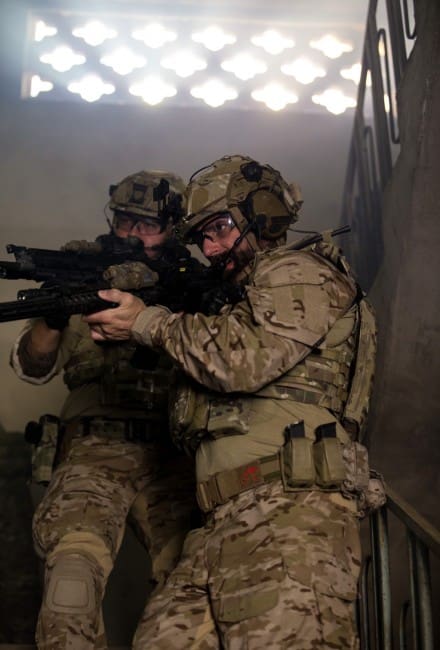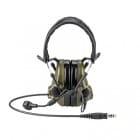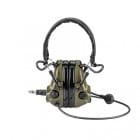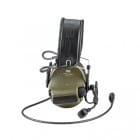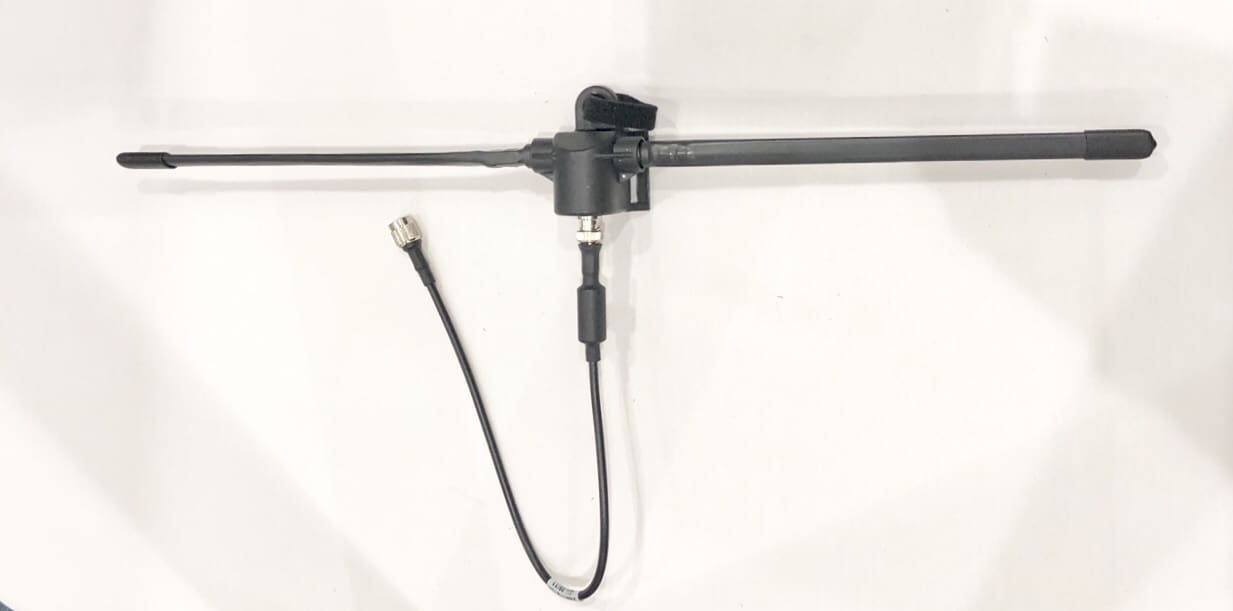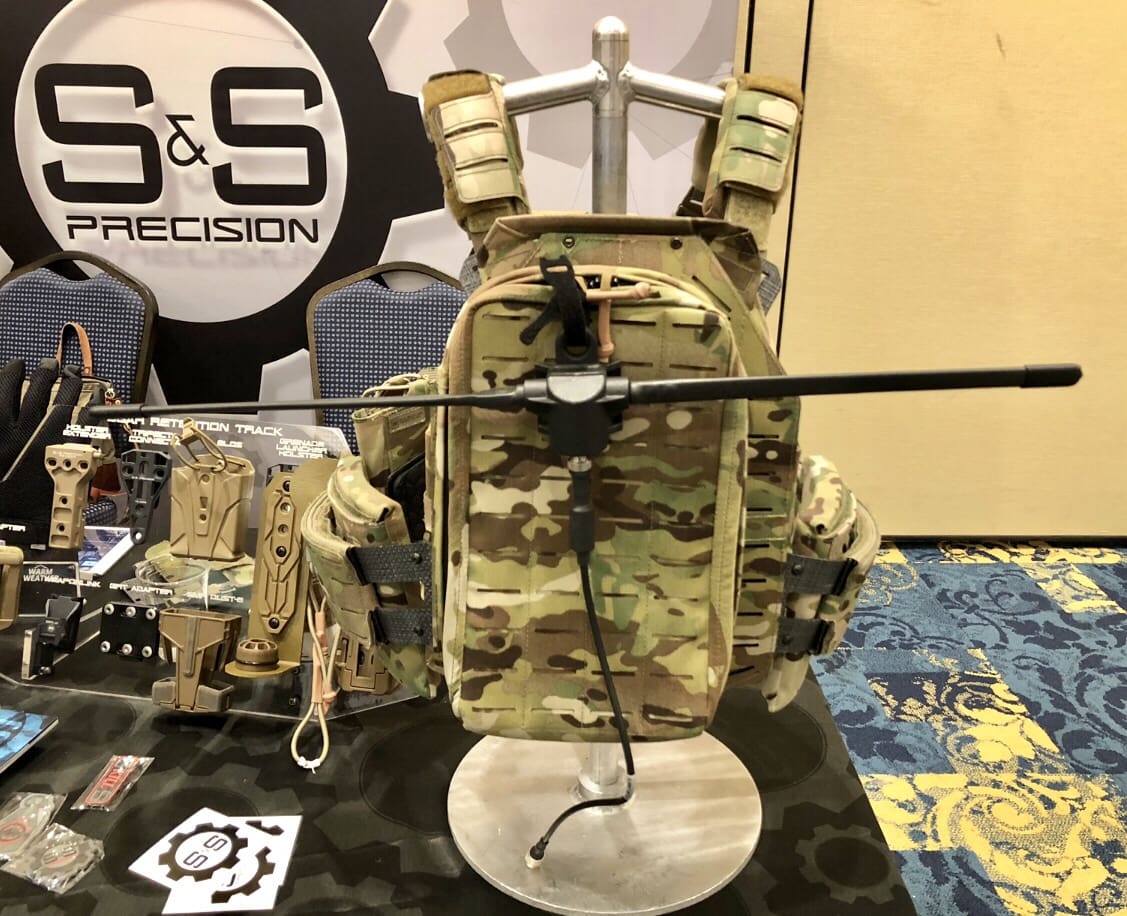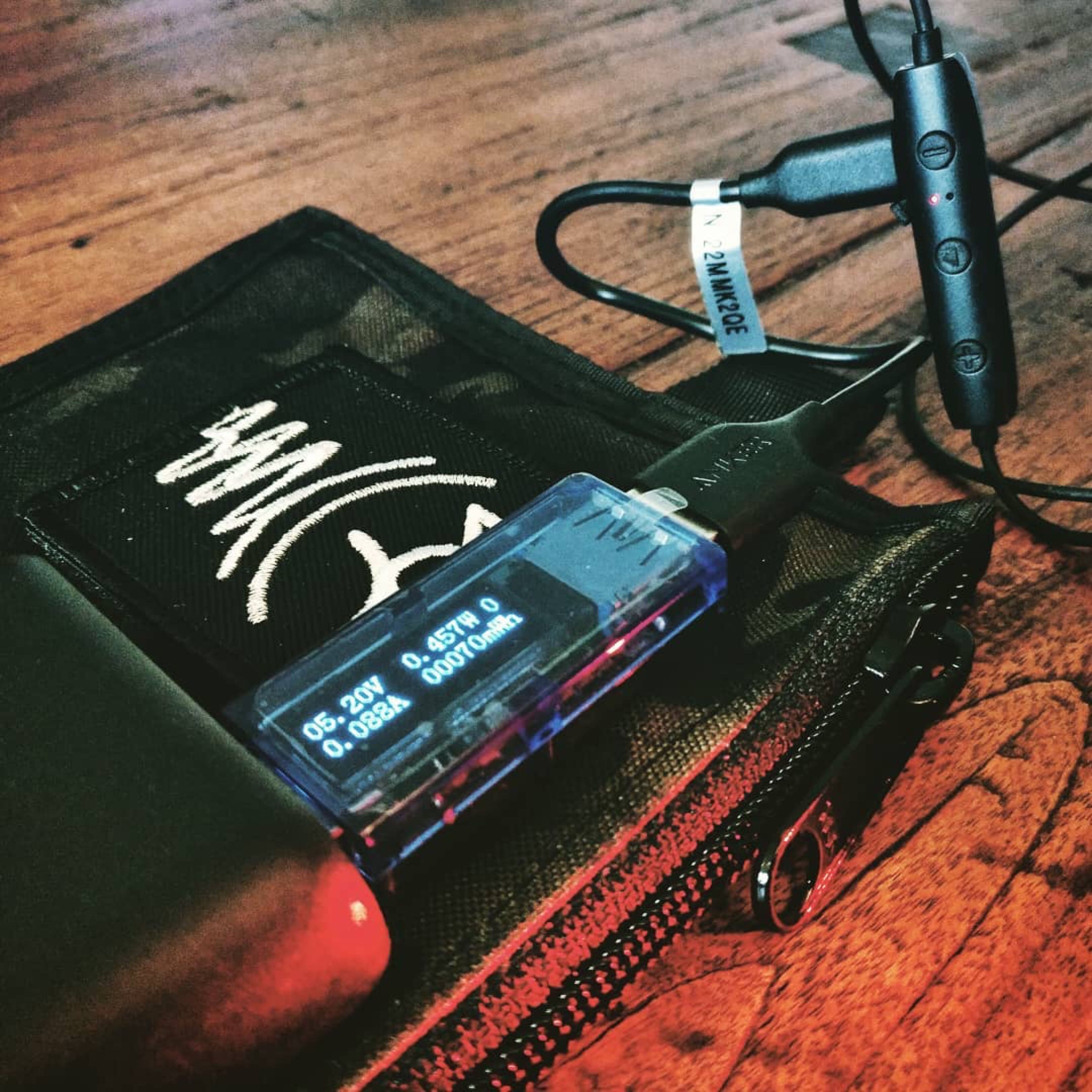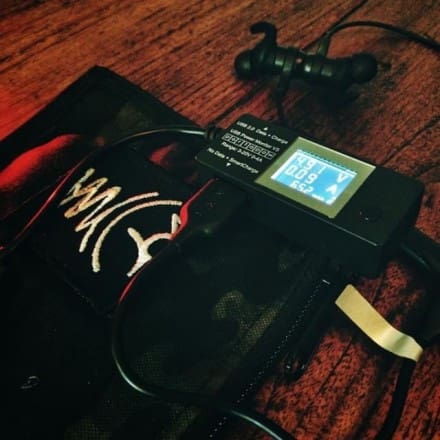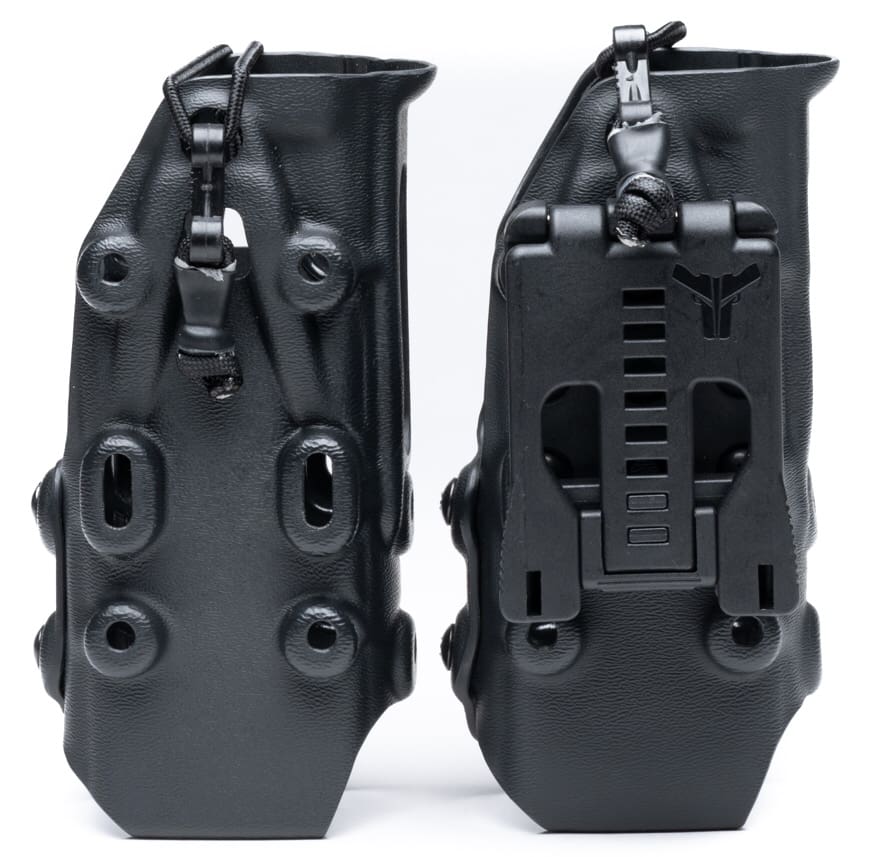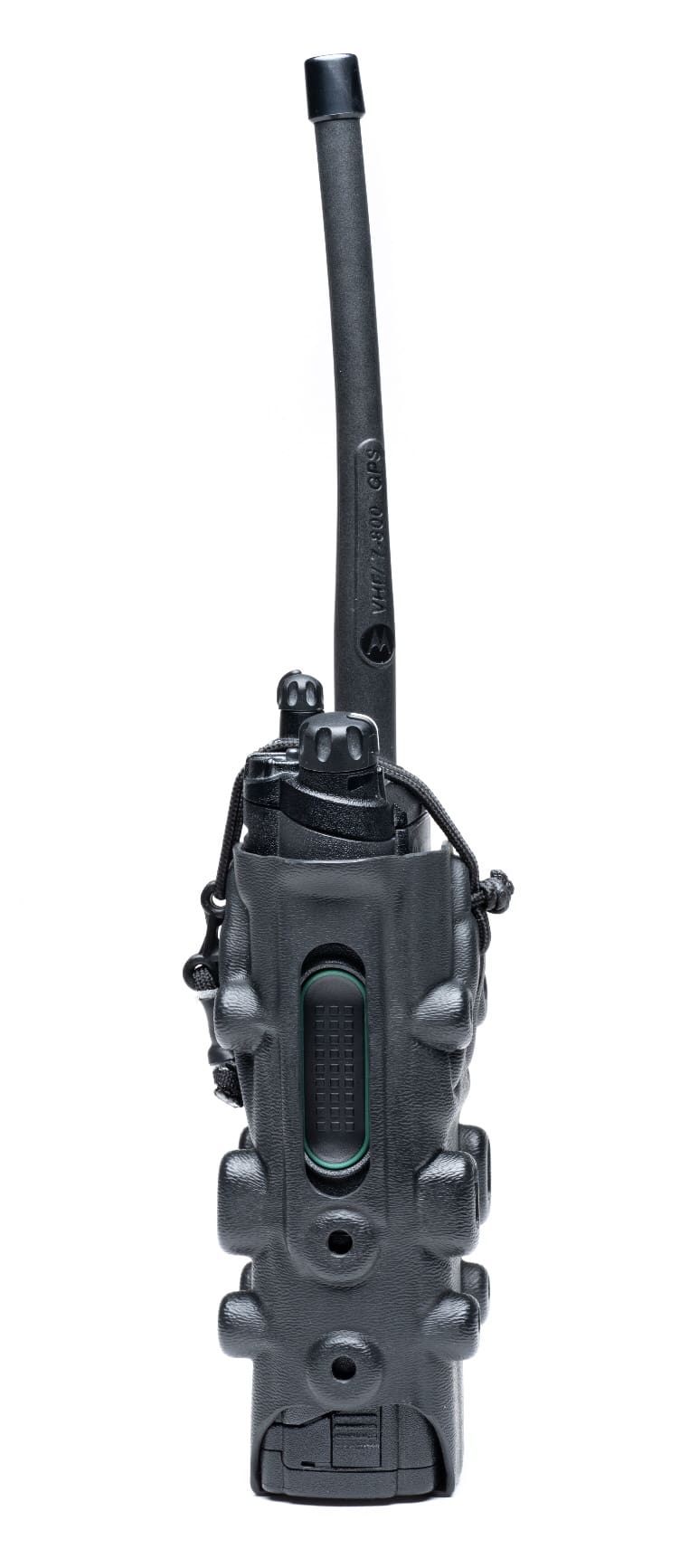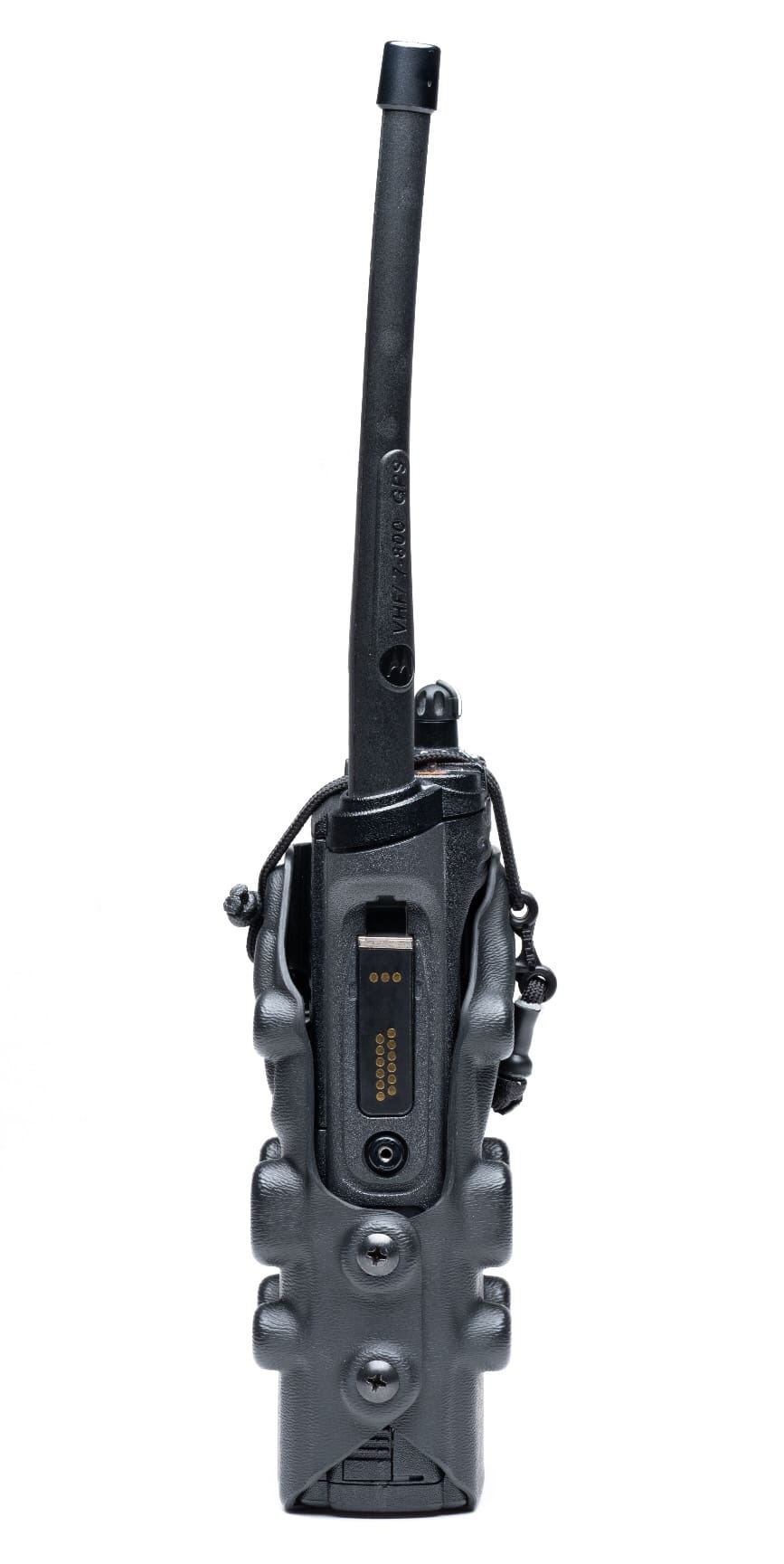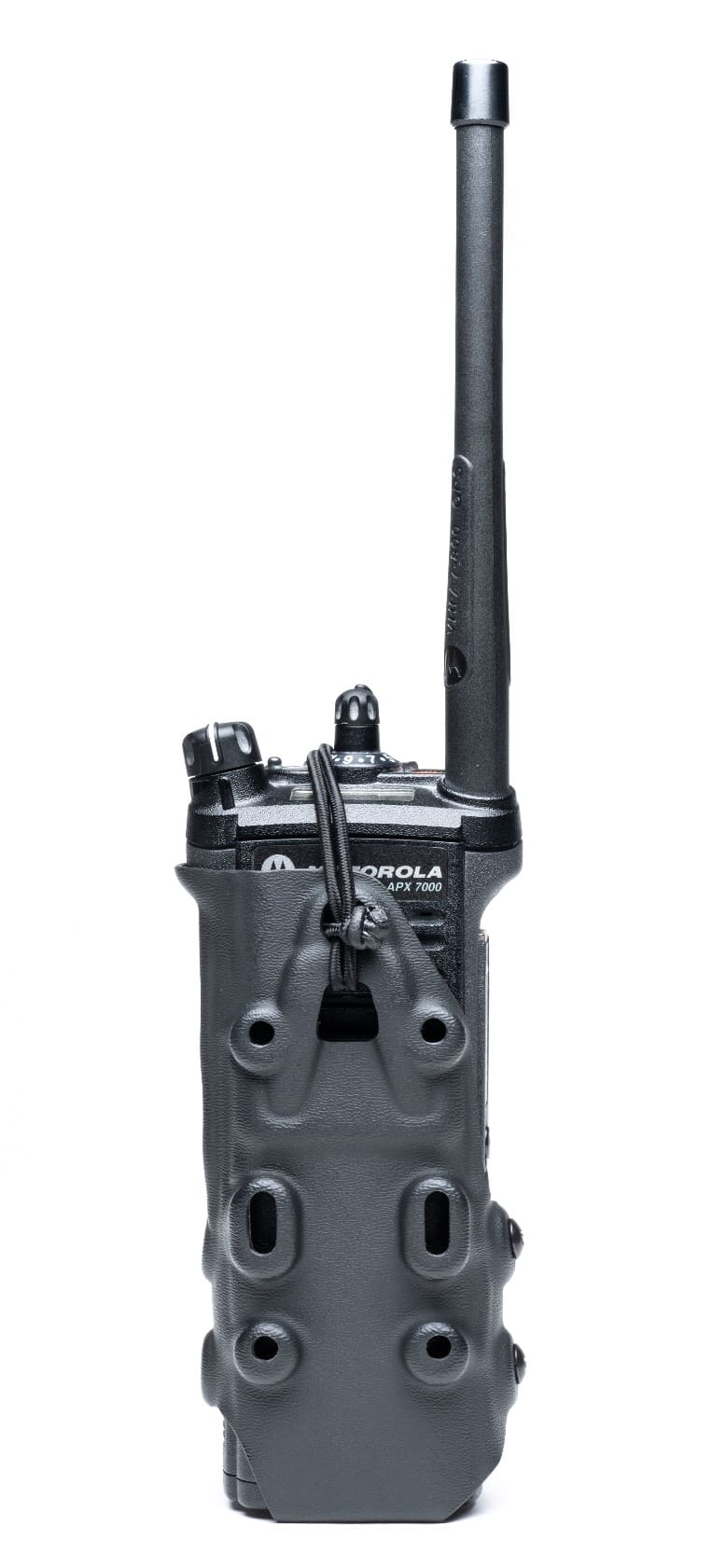
Beez Combat Systems has designed and built a 100% laser cut GRIDLOK radio pouch for all Baofeng models with extended battery options. The Baofeng radio is one of the mostly widely used radios for MilSim, the civilian market and HAM radio operators.
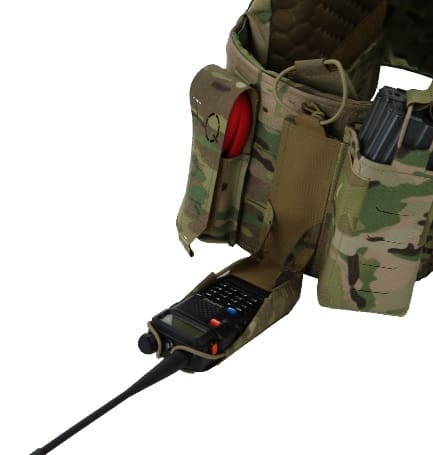
This new pouch allows the operator one handed operations. When the pouch is open it hangs at a forward angle allowing the operator to facilitate radio operations while maintaining forward observations.
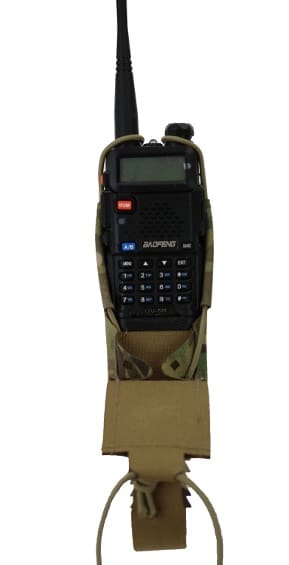
The unique design allows full access to user interface, access ports as well as channel and frequency functions. The bungee retention secures the Baofeng radio into place while allowing the operator unobstructed mobility for basic radio operations i.e battery replacements and other Baofeng accessories.

The radio pouch mounts vertically on one channel of GRIDLOK attachment technology. The Beez Combat Systems Baofeng Radio Pouch is manufactured in the United States and is Berry Compliant.
The Baofeng Radio Pouch GRIDLOK by Beez Combat Systems is compatible with these Baofeng HAM Radio models and their extended batteries:
UV-5R-1 UV-5R-2 UV-5R-3 UV-5R-4
UV-5R-5 UV-5R-6 UV-5R-7 UV-5R-L
BF-F8 BF-F8+ BF-F9 UV-5R V2+
Available in Multicam, Coyote, Black, and Ranger Green.
Baofeng Radio pouch – www.beezcombatsystems.com/Radio-Pouch-Baofeng-GRIDLOK


